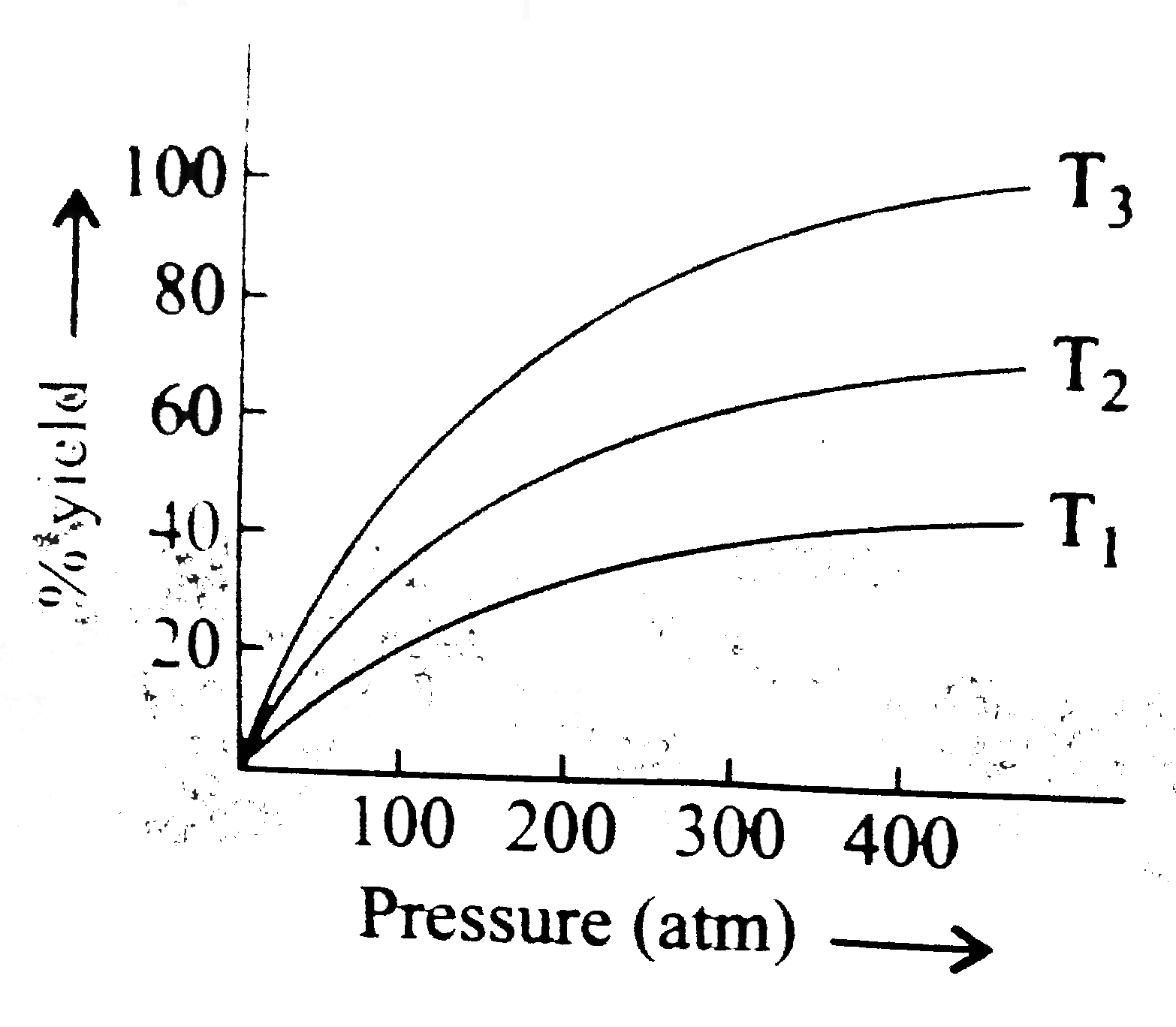The controlled aerobic combustion of wastes inside chambers at temperature of 900-1300°C is known as
Incineration
Recycling
Pyrolysis
Sanitary dumping
The correct Answer is:A
Step-by-Step Solution:
1. Understanding the Question: The question asks for the term that describes the controlled aerobic combustion of wastes at high temperatures (900-1300°C).
2. Identifying the Options: The options given are:
- A) Incineration
- B) Recycling
- C) Pyrolysis
- D) Sanitary dumping
3. Analyzing Each Option:
- Incineration: This process involves the controlled burning of waste materials at high temperatures, which reduces waste volume and can convert waste into energy.
- Recycling: This refers to the process of converting waste materials into new products, not combustion.
- Pyrolysis: This is a thermal decomposition process that occurs in the absence of oxygen, which does not fit the description of aerobic combustion.
- Sanitary Dumping: This involves burying waste in a controlled manner, not combustion.
4. Selecting the Correct Answer: Based on the analysis, the process that matches the description of controlled aerobic combustion of wastes at 900-1300°C is Incineration.
5. Conclusion: The correct answer to the question is A) Incineration.
- A) Incineration
- B) Recycling
- C) Pyrolysis
- D) Sanitary dumping
- Incineration: This process involves the controlled burning of waste materials at high temperatures, which reduces waste volume and can convert waste into energy.
- Recycling: This refers to the process of converting waste materials into new products, not combustion.
- Pyrolysis: This is a thermal decomposition process that occurs in the absence of oxygen, which does not fit the description of aerobic combustion.
- Sanitary Dumping: This involves burying waste in a controlled manner, not combustion.
Topper's Solved these Questions
- ENVIRONMENTAL ISSUESBOOK - CENGAGE BIOLOGY ENGLISHCHAPTER - ENVIRONMENTAL ISSUESEXERCISE - ASSERTION-REASONING QUESTIONS
5 Videos
- ENVIRONMENTAL ISSUESBOOK - CENGAGE BIOLOGY ENGLISHCHAPTER - ENVIRONMENTAL ISSUESEXERCISE - ARCHIVES
45 Videos
- ECOSYSTEMBOOK - CENGAGE BIOLOGY ENGLISHCHAPTER - ECOSYSTEMEXERCISE - ARCHIVES (CHOOSE THE CORRECT OPTION)
41 Videos
- EVOLUTIONBOOK - CENGAGE BIOLOGY ENGLISHCHAPTER - EVOLUTIONEXERCISE - Archives
38 Videos
Similar Questions
a. Why are alkanes inert ?
b. Why the (C----C) bond rather than (C----H) bond breaks when alkanes are pyrolysed ?
c. Why the combustion of alkanes does not occur at moderate temperature, although it is an exothermic process ?
View SolutionN2(g)+3H2(g)⇔2NH3(g),ΔHɵ=−22.4kJ
The pressure inside the chamber is 100 atm and temperature at 300K
On adding catalyst the equilibrium of reaction:
View Solution0.16 g of methane was subjected to combustion at 27°C in a bomb calorimeter. The temperature of the calorimeter system (including water) was found to rise by 0.5°C. Calculate the heat of combustion of methane (i) at constant volume and (ii) at constant pressure. The thermal capacity of the calorimeter system is 17.7kJK−1(R=8.314JK−1mol−1).
View SolutionA few organism are known to grow and multiply at temperature of 100−105∘C. They belong to
View SolutionA few organism are known to grow and multiply at temperature of 100−105∘C. They belong to
View SolutionIn the circuit shown the resistance R is kept in a chamber whose temperature. is 20∘C which remains constant. The initial temperature and resistance of R is 50∘C and 15Ωrespectively. The rate of change of resistance R with temperature is 12Ω/∘C and the rate of decrease of temperature of R is In(3/100) times the temperature difference from the surrounding (Assume the resistance R loses heat only in accordance with Newton's law of cooling) If K is closed at t = 0, then find the
(a) value of. R for which power dissipation in it is maximum.
(b) temperature of R when power dissipation is maximum
(c) time after which the power dissipation will be maximum

View SolutionN2(g)+3H2(g)⇔2NH3(g),ΔHɵ=−22.4kJ
The pressure inside the chamber is 100 atm and temperature at 300K
The preparation of ammonia by Haber's process is an exothermic reaction. If the preparation follows the following temperature-pressure relationship for its % yield. Then for temperature T1,T2 and T3 the correct option is:

View SolutionA sample of 0.16gCH4 was subjected to combustion at 27∘C in a bomb calorimeter. The temperature of the calorimeter system (including water) was found to rise by 0.5∘C. Calculate the heat of combustion of methane at (a) constant volume and (b) constant pressure. The thermal capacity of calorimeter system is 17.7kJK−1 and R=8.314JK−1mol−1.
View SolutionA sample of 0.16gCH4 was subjected to combustion at 27∘C in a bomb calorimeter. The temperature of the calorimeter system (including water) was found to rise by 0.5∘C. Calculate the heat of combustion of methane at (a) constant volume and (b) constant pressure. The thermal capacity of calorimeter system is 17.0kJK−1 and R=8.314JK−1mol−1.
View SolutionA black body of temperature T is inside chamber of T0 temperature initially. Sun rays are allowed to fall from a hole in the top of chamber. If the temperature of black body (T) and chamber (T0) remains constant, then

View Solution
